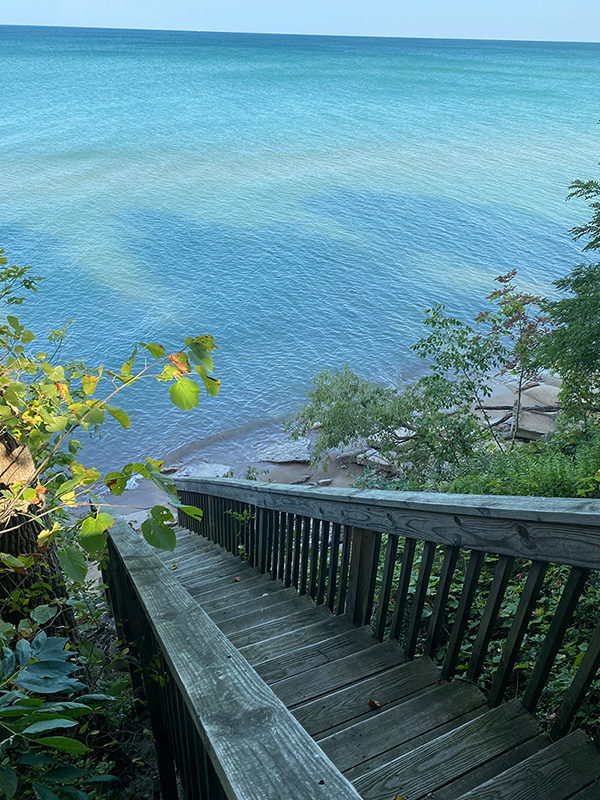Research Areas
Research projects within this thematic area focus on a variety of coastal change questions ranging from documenting and modeling sediment transport in order to reduce future socioenvironmental vulnerability to establishing the best approaches for minimizing erosion and loss of coastal landscapes, such as bluffs and dunes.
Coastal Habitat and Landscape Change
Wetland loss due to human disturbance and lake level fluctuation.
Sediment Transport after Coastal Erosion
Determining what happens to sand and how that relates to future vulnerability or resilience of coastlines.
Bluff Failure and Change
Determining where bluffs failing along the Michigan coast and why are they failing.
Mapping Michigan's Critical Dunes
Determining where are Michigan’s Critical Dunes are located, and how and why they are changing over time.
Shoreline Socioenvironmental Vulnerability
Conducting holistic coastal vulnerability assessments in the Great Lakes that couple socioeconomic and physical change factors.
Impact of Shore Protection
Examining the physical, ecological, and economic impact of shore protection in the Great Lakes.
Predictive Modeling of Future Coastal Changes
Modeling future coastal changes.
Invasive Species Mapping and Analysis
Exploring how geomorphology, land cover, and physical forces such as waves, currents, and water levels combine to control the presence of invasive species.
Research Spotlight
Interdisciplinary Citizen-based Coastal REmote Sensing for Adaptive Management (IC-CREAM)
Researchers from the Department of Geography, Environment, and Spatial Sciences, in partnership with experts from Remote Sensing & Geographical Information Systems Research and Outreach Services (RS&GIS), are working with multiple communities in the Great Lakes region facing impacts from record-high water levels.


